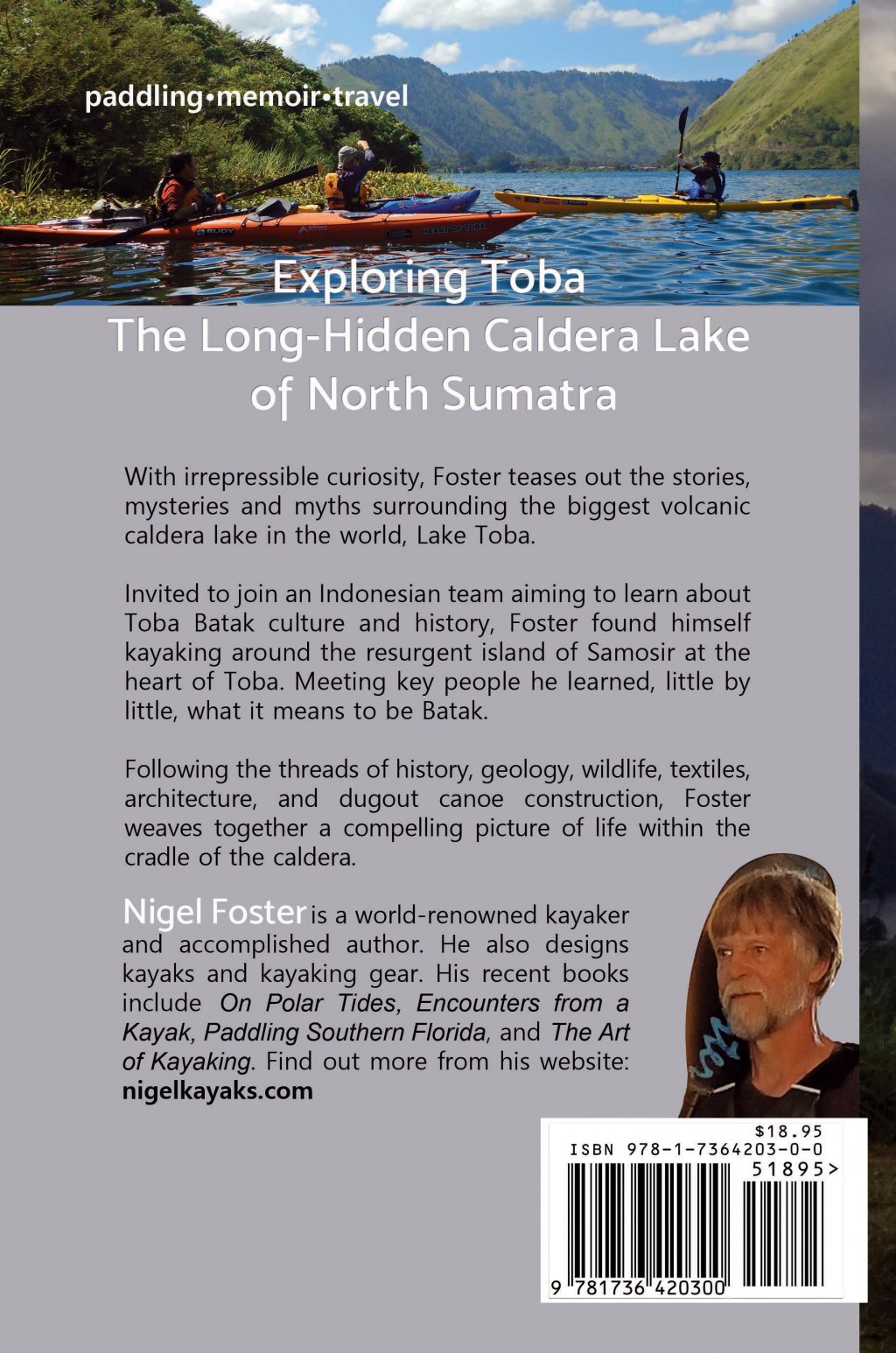Back Cover
Heart of Toba is a story of Toba Batak life as it is now, and how it used to be. Nothng stays the same forever, but beneath the surface of any culture stand the supports that underpin and elavate what is visible today. That collective creativity accounts for the cultural richness that endures today, despite past years of colonial control and missionary zeal.
"...Toba did not even appear on the map until 1852, when the linguist H. N. van der Tuuk became the first European to see the lake. Even after that, it was hidden in mystery and protected from casual visitors by stories of savage cannibals and head-hunters."

Back cover of book Heart of Toba by author Nigel Foster
“Here, taste this.” She held out a bowl with what looked like small round seeds. I took one, and crunched it between my teeth, releasing a spicy, slightly acidic peppery aroma. As I rolled the flavor around I realized my tongue was becoming numb, and my lips too. It reminded me of a spice Kristin’s sister-in-law from China used, one that also created that numbing effect, but this tasted brighter. It was fresher.
“Sichuan pepper?” I asked.
“No, andaliman. Batak pepper. We grow it here,” she waved vaguely toward the back of the room, “right here in our garden".
